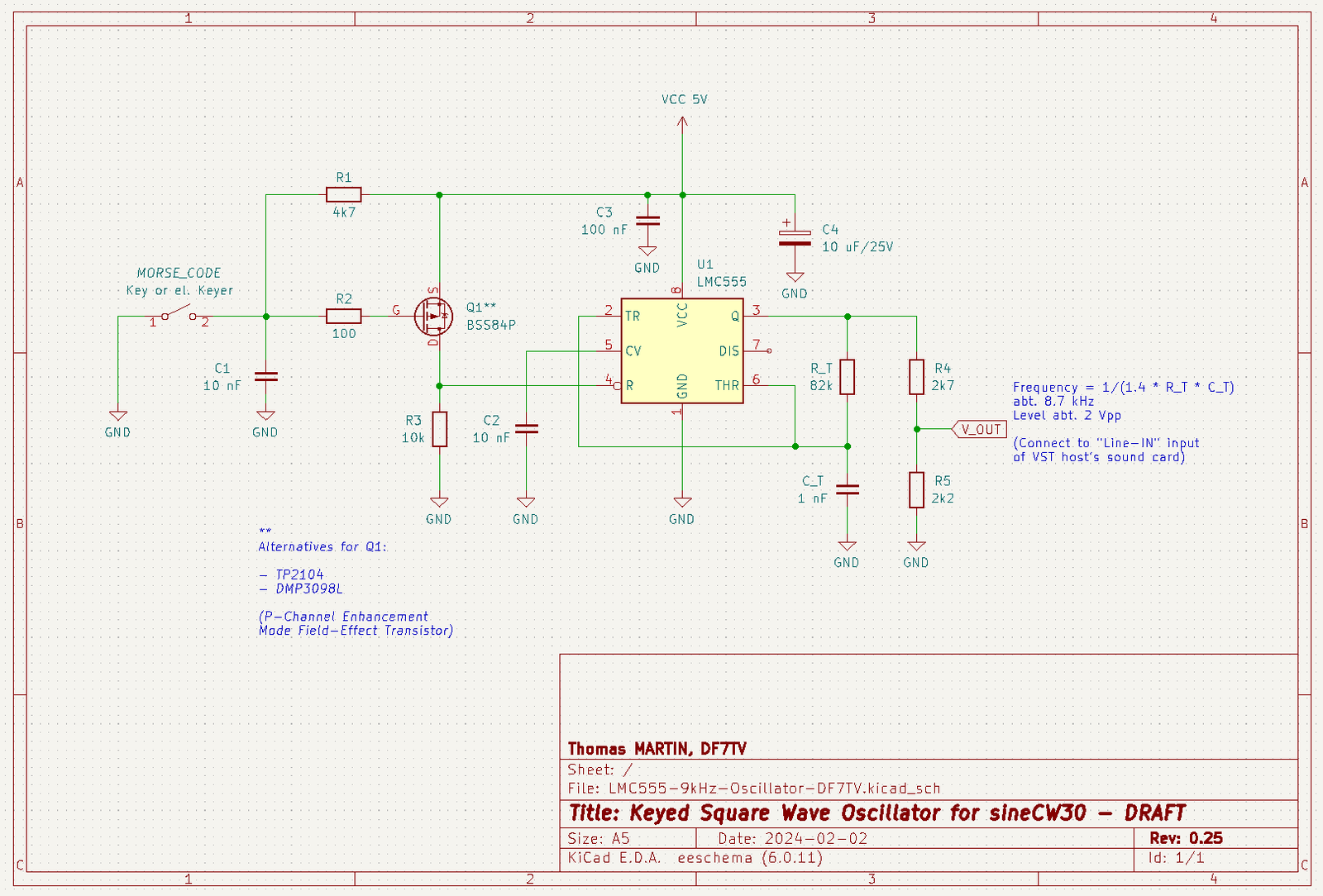HOME BREWED SOFTWARE CODE PRACTICE OSCILLATOR VST VSTi PLUGIN
aa0hw
Using SYNTHEDIT, http://www.synthedit.com/,
I was able to make a VST plugin (VSTi plugin would be more accurate since it is a synthesizer plugin)
sineCW vst, vsti, plugin, acts just like a hardware CODE PRACTICE OSCILLATOR,
only sineCW vst CPO plugin, is "keyed" using MIDI INPUT, you can adjust the PITCH, VOLUME, RISE and FALL TIME
AND sineCW also has its own internal bandpass filter, you adjust this bandpass filter via the CENTER and Q controls to make
your own midi keyed cw audio tone output to be as narrow or wide in bandpass as you desire, while at the same time
getting rid of almost all the cw wave "edge" noises.
Use a VST HOST, in order to use this plugin. This plugin is "keyed" via MIDI INPUT of
either hardware or virtual midi devices, cable, or direct connections using a VST HOST like MiniHost Modular
please see this ongoing article for more information
http://qrqcwnet.ning.com/forum/topics/home-brewed-software-code-practice-oscillator-vst-plugin
You can route the cw audio tones from this setup over to the input of MUMBLE if you use VB ASIO BRIDGE, and VOICEMEETER or JACKROUTER.
df7t...@gmail.com

df7t...@gmail.com
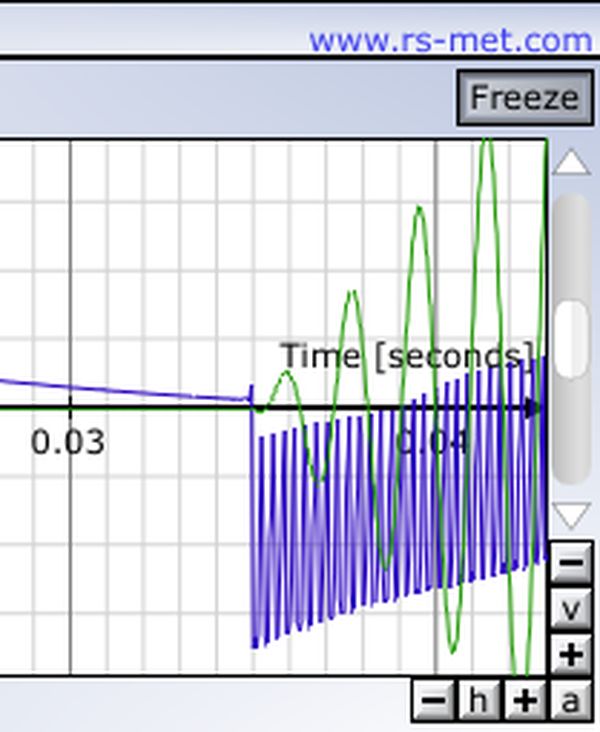
Chuck Vaughn
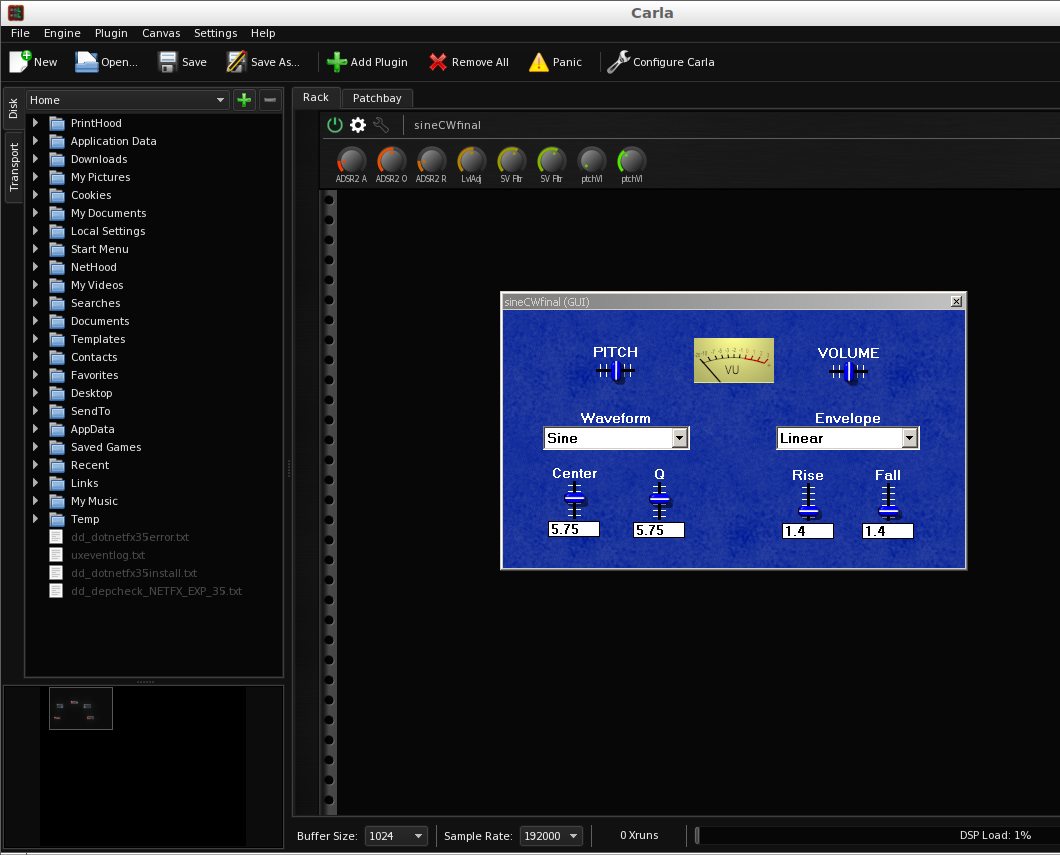
--
---
You received this message because you are subscribed to the Google Groups "iCW - internet CW" group.
To unsubscribe from this group and stop receiving emails from it, send an email to i_cw+uns...@googlegroups.com.
To view this discussion on the web visit https://groups.google.com/d/msgid/i_cw/72ea9423-f4da-4bd7-9773-e74207bca6c3n%40googlegroups.com.
df7t...@gmail.com
Chuck Vaughn
To view this discussion on the web visit https://groups.google.com/d/msgid/i_cw/6f643b05-8eb7-418a-9fb1-5e9c1bbeb8b8n%40googlegroups.com.
Chuck Vaughn
To view this discussion on the web visit https://groups.google.com/d/msgid/i_cw/6f643b05-8eb7-418a-9fb1-5e9c1bbeb8b8n%40googlegroups.com.
Chuck Vaughn
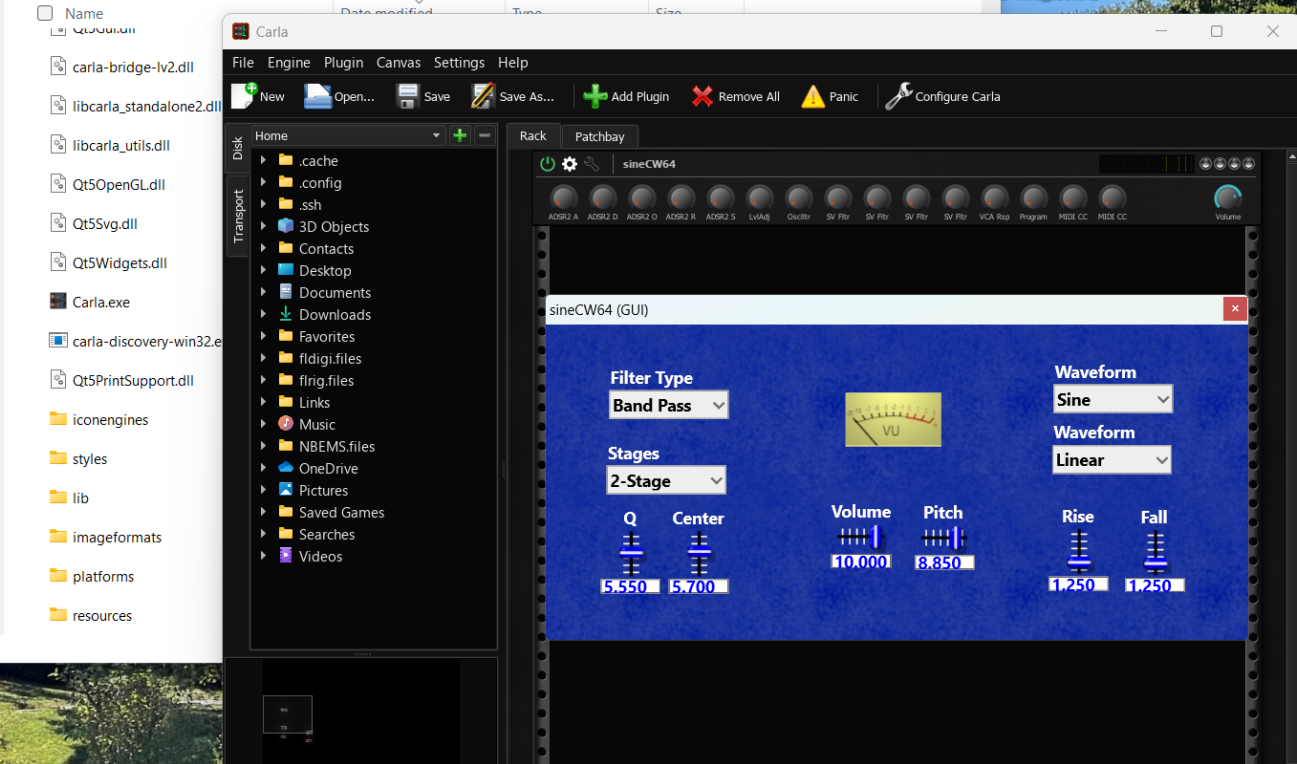
To view this discussion on the web visit https://groups.google.com/d/msgid/i_cw/6f643b05-8eb7-418a-9fb1-5e9c1bbeb8b8n%40googlegroups.com.
Chuck Vaughn
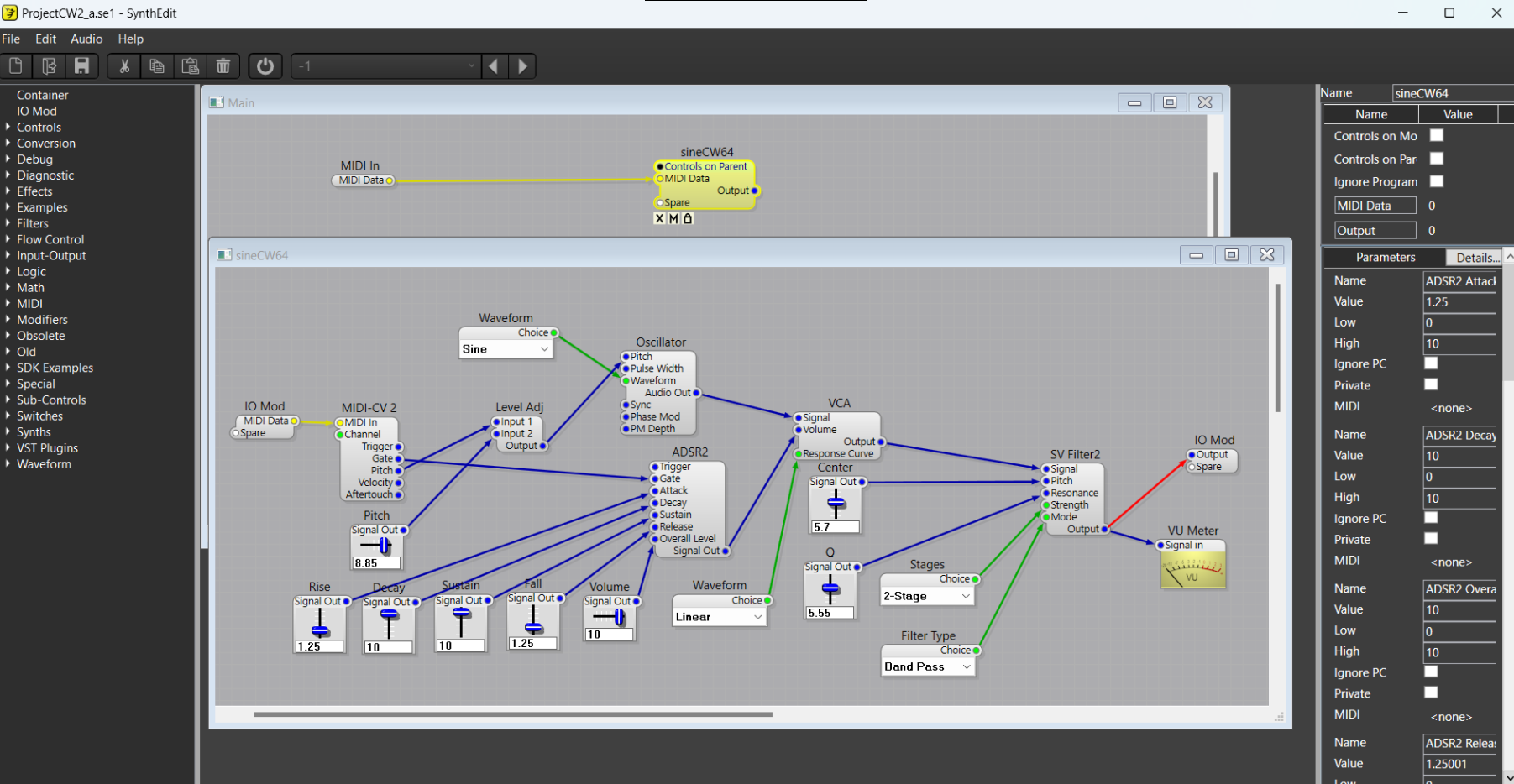
To view this discussion on the web visit https://groups.google.com/d/msgid/i_cw/6f643b05-8eb7-418a-9fb1-5e9c1bbeb8b8n%40googlegroups.com.
df7t...@gmail.com
df7t...@gmail.com
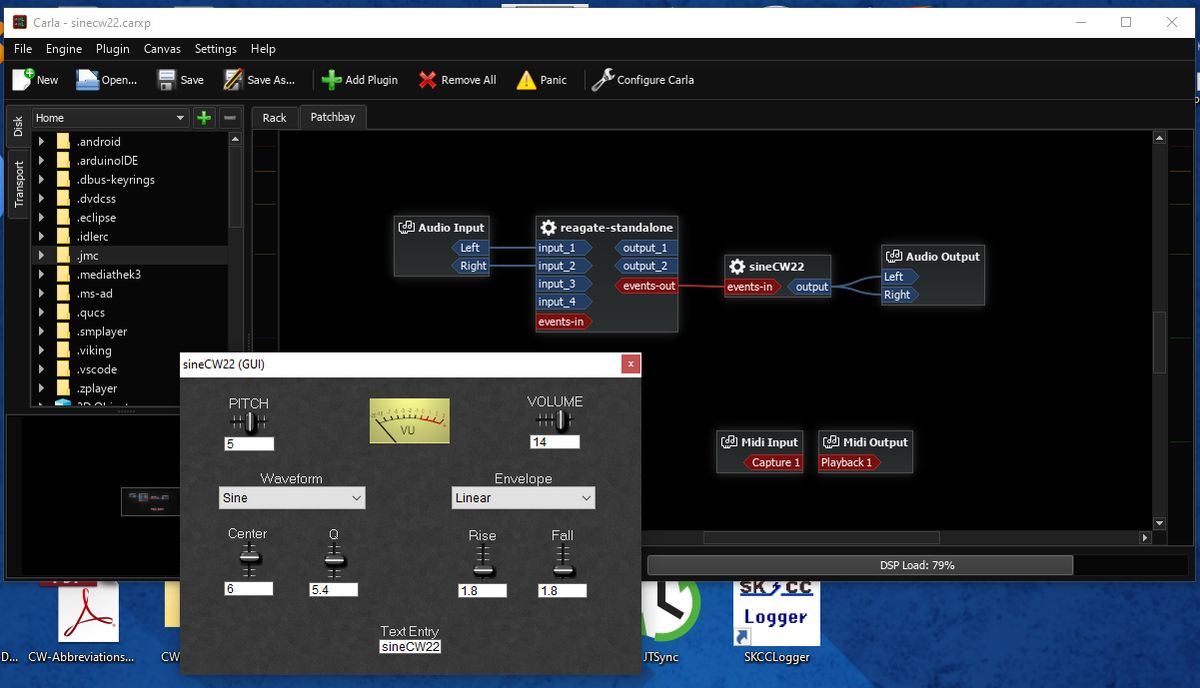
aa0hw
df7t...@gmail.com
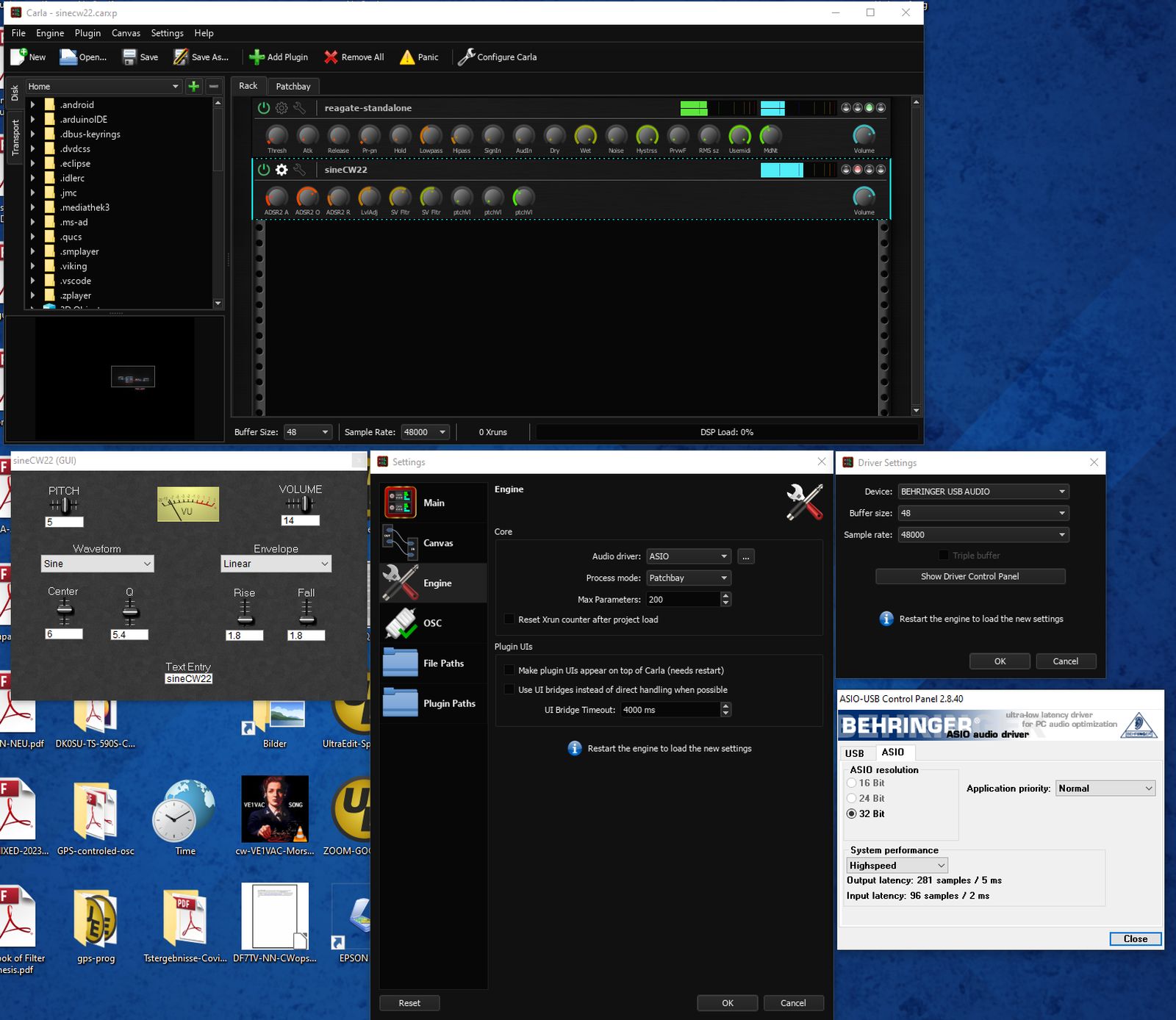
df7t...@gmail.com
df7t...@gmail.com

df7t...@gmail.com
aa0hw
January 19, 2022
The discontinuation of VST 2 marks the final step in the transition process to VST 3. Focusing solely on VST 3 will increase the stability of our products and allow us to fully leverage the advantages of the VST 3 platform.
As it stands, Steinberg hosts continue to offer VST 2 compatibility. Users of Mac computers with Apple silicon can continue to use VST 2 plug-ins under Rosetta 2.
Moreover, within the next 24 months, Steinberg's host applications and plug-ins across macOS and Windows will offer VST 3 compatibility only.
To ensure that you are prepared for these eventualities, we recommend to check if any third-party VST 2 plug-ins are in use and, if so, to contact the corresponding plug-in developers for details on supporting VST 3.
df7t...@gmail.com
df7t...@gmail.com
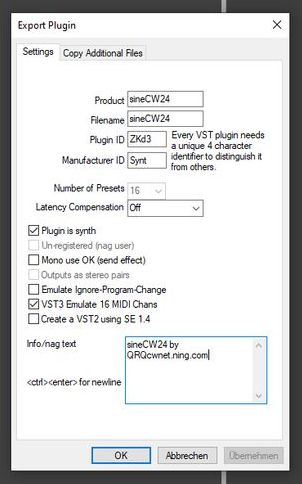
df7t...@gmail.com
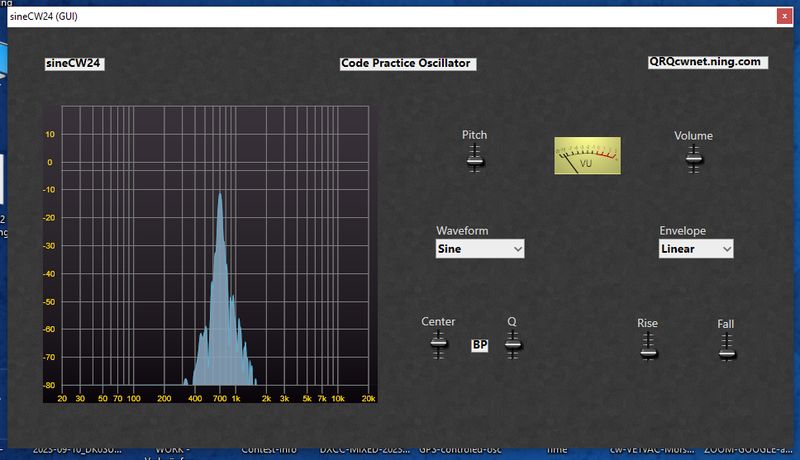
Chuck Vaughn
--
---
You received this message because you are subscribed to the Google Groups "iCW - internet CW" group.
To unsubscribe from this group and stop receiving emails from it, send an email to i_cw+uns...@googlegroups.com.
To view this discussion on the web visit https://groups.google.com/d/msgid/i_cw/8bc4868f-a443-4309-84b7-02e873e077a7n%40googlegroups.com.
df7t...@gmail.com
S. Steltzer
df7t...@gmail.com
df7t...@gmail.com

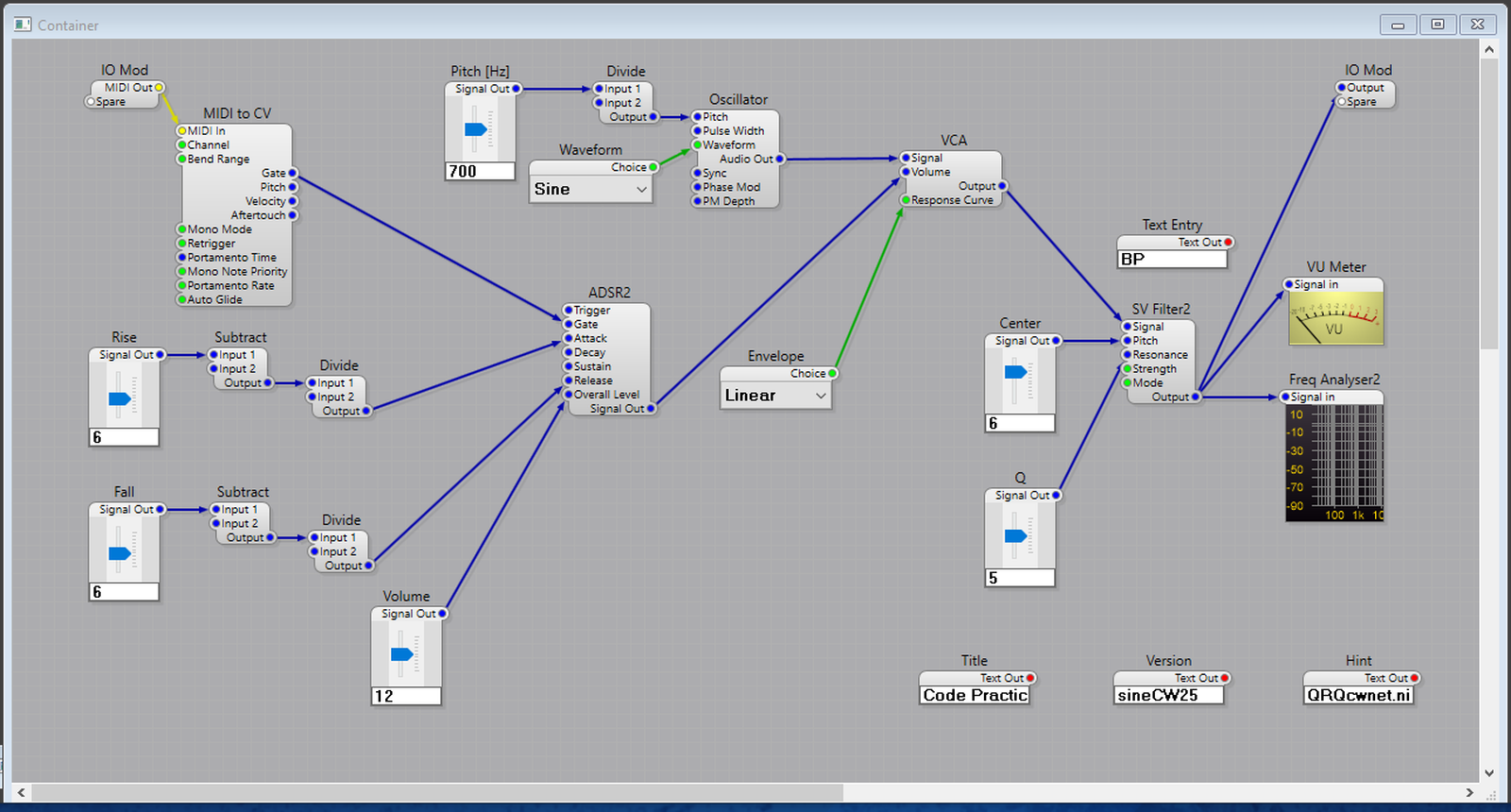
S. Steltzer
df7t...@gmail.com
df7t...@gmail.com
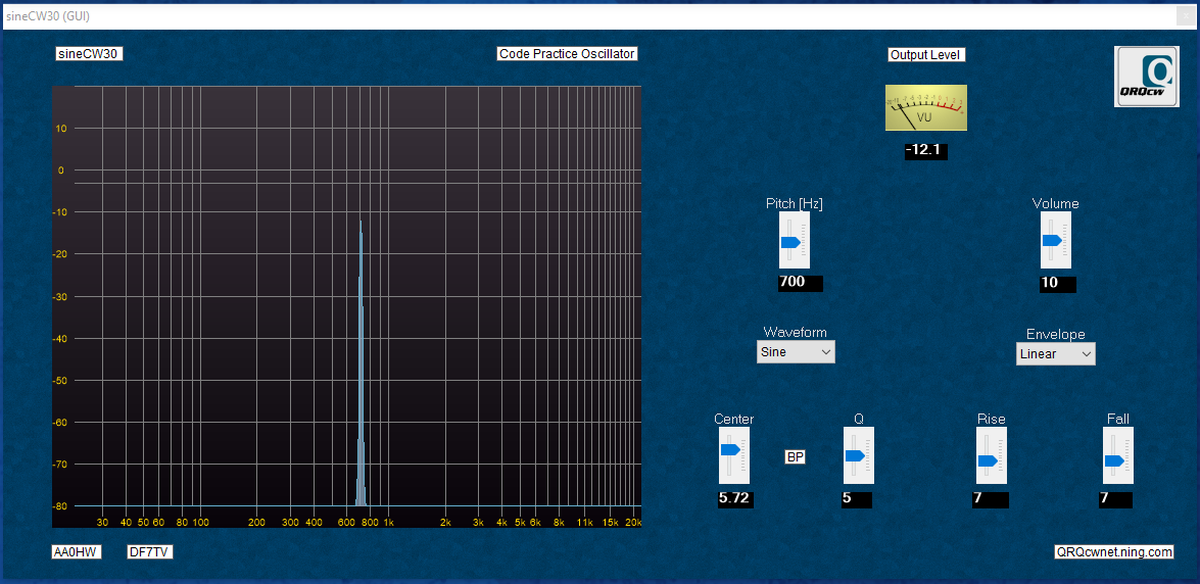
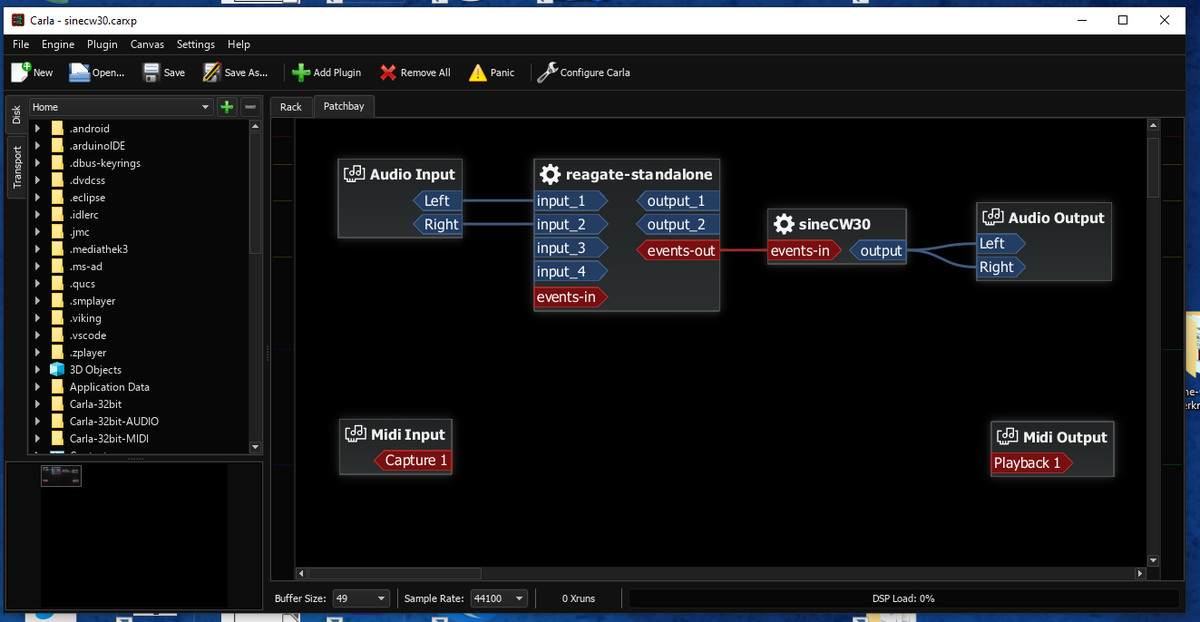
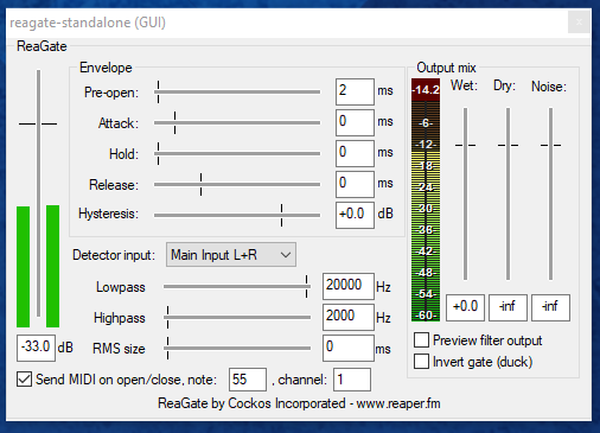
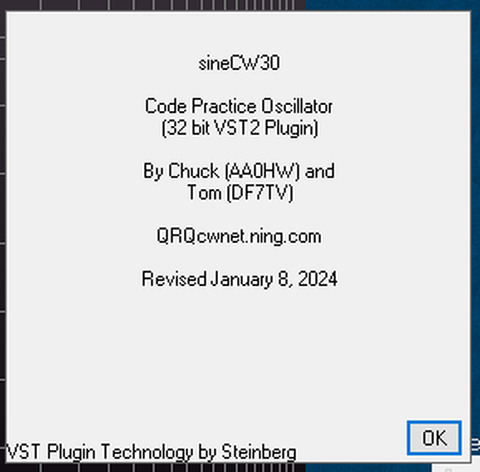
df7t...@gmail.com
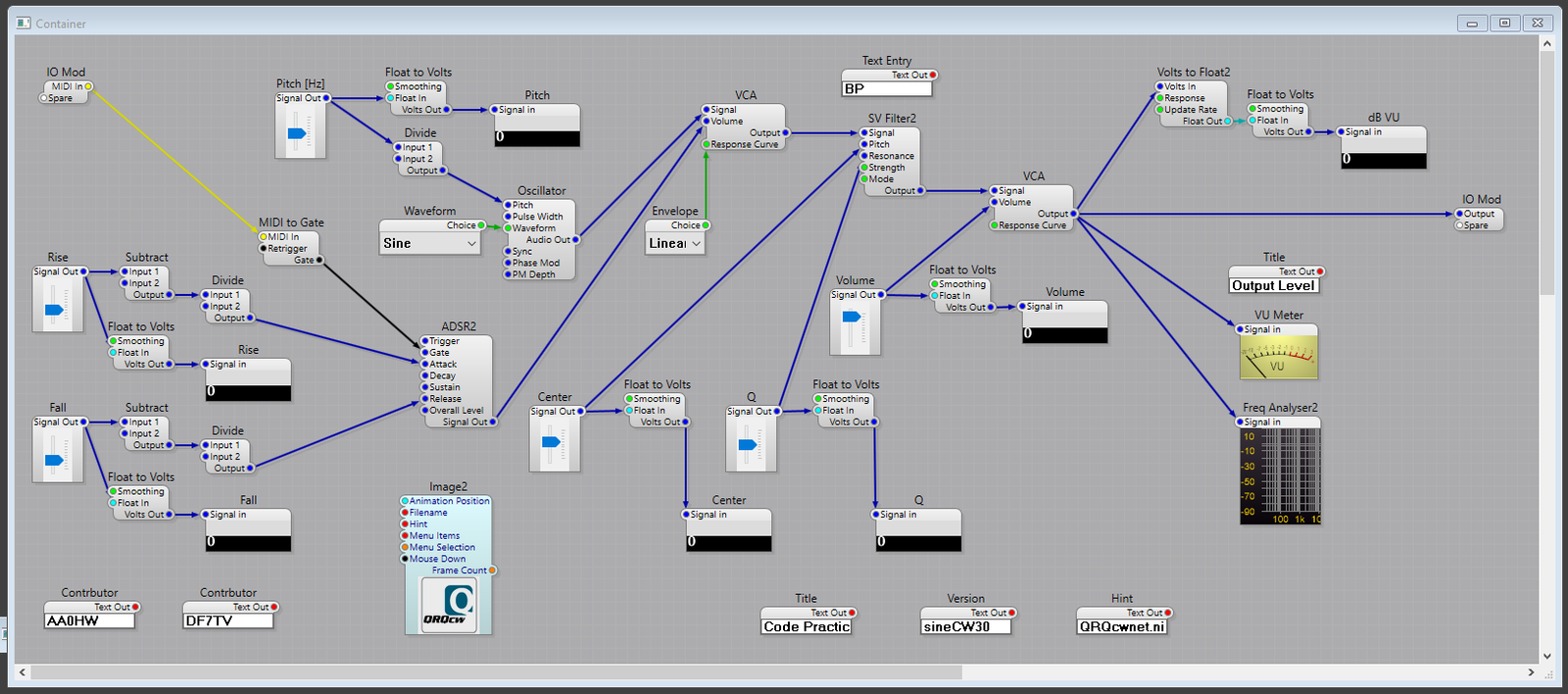
aa0hw
df7t...@gmail.com
df7t...@gmail.com
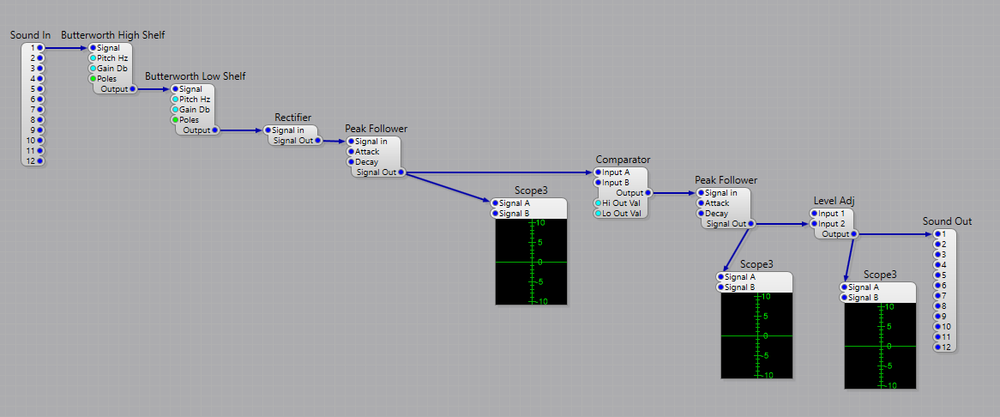
df7t...@gmail.com
Chuck Vaughn
--
---
You received this message because you are subscribed to the Google Groups "iCW - internet CW" group.
To unsubscribe from this group and stop receiving emails from it, send an email to i_cw+uns...@googlegroups.com.
To view this discussion on the web visit https://groups.google.com/d/msgid/i_cw/3a6b5e27-ff54-45d5-b33e-6abe5bf82eecn%40googlegroups.com.
Chuck Vaughn
--
---
You received this message because you are subscribed to the Google Groups "iCW - internet CW" group.
To unsubscribe from this group and stop receiving emails from it, send an email to i_cw+uns...@googlegroups.com.
To view this discussion on the web visit https://groups.google.com/d/msgid/i_cw/3a6b5e27-ff54-45d5-b33e-6abe5bf82eecn%40googlegroups.com.
df7t...@gmail.com
Chuck Vaughn
To view this discussion on the web visit https://groups.google.com/d/msgid/i_cw/0d39ae99-fccf-410e-81c4-29eab9c311c2n%40googlegroups.com.
df7t...@gmail.com
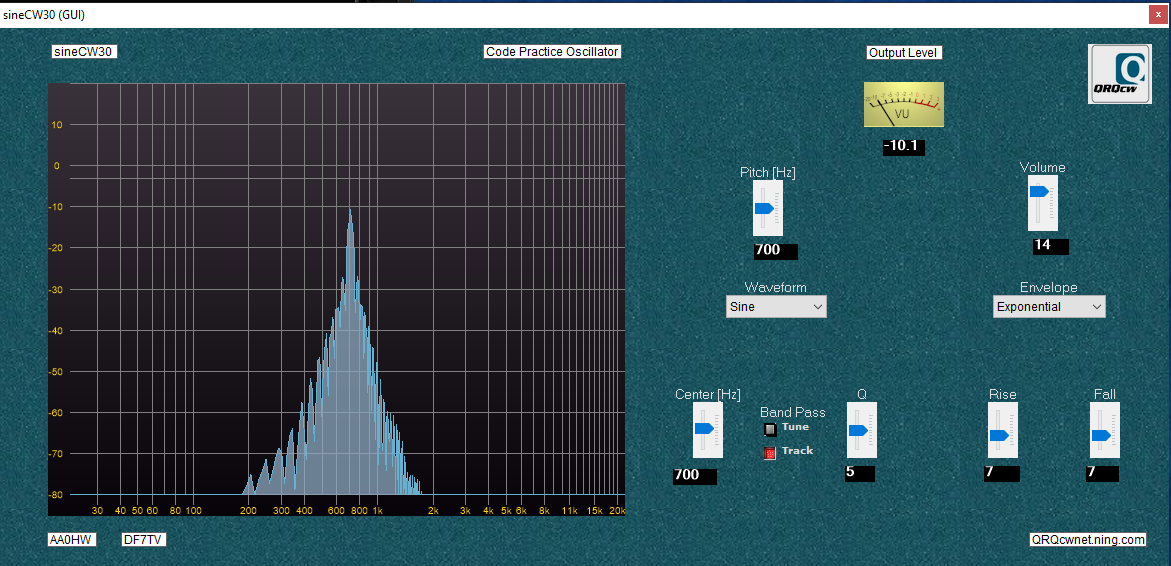
df7t...@gmail.com
 Tom
Tomdf7t...@gmail.com
Chuck Vaughn
To view this discussion on the web visit https://groups.google.com/d/msgid/i_cw/58cc31c2-e2b6-44a6-9b67-86ae64653758n%40googlegroups.com.
df7t...@gmail.com
df7t...@gmail.com
df7t...@gmail.com
df7t...@gmail.com

df7t...@gmail.com
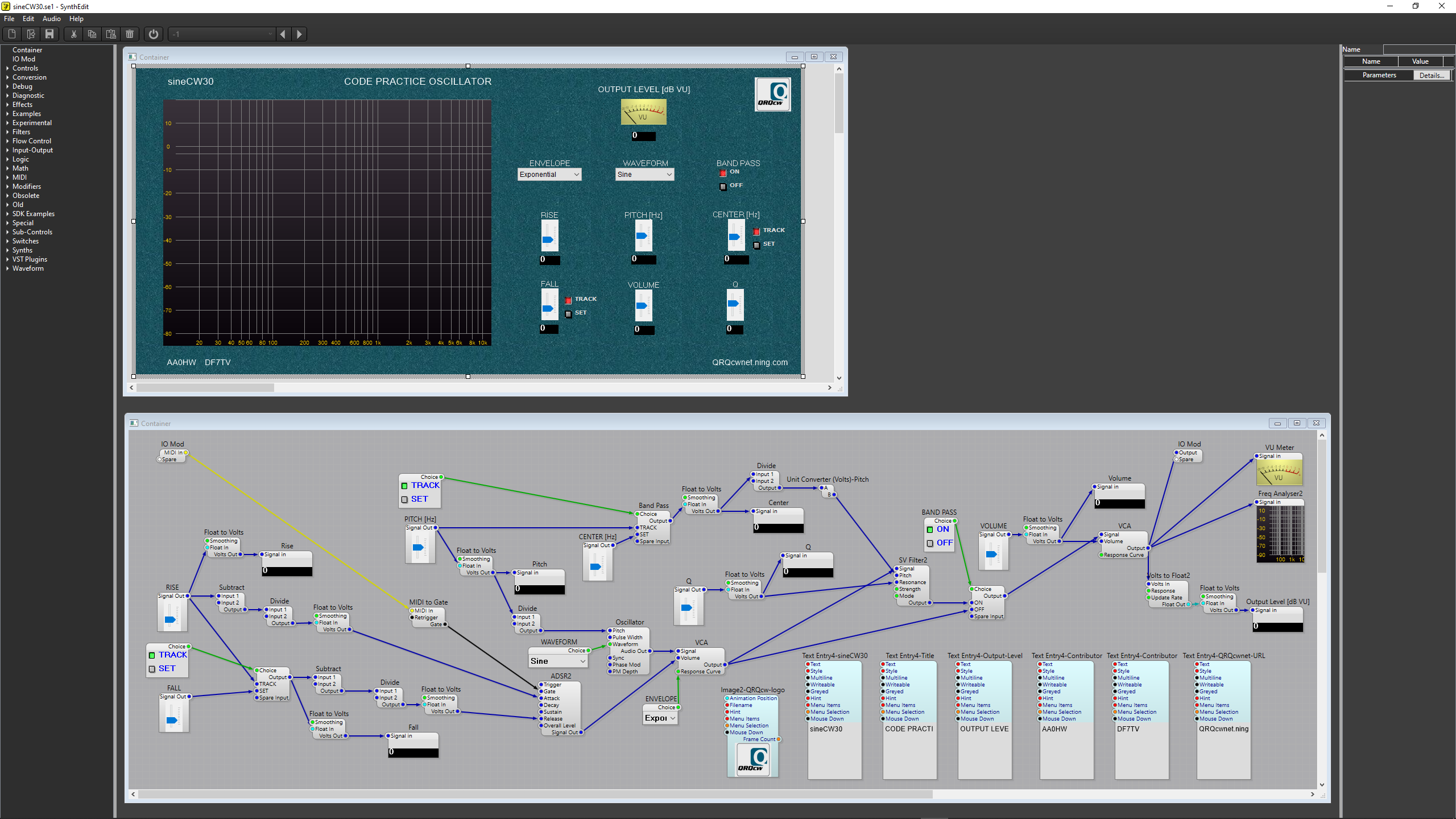
df7t...@gmail.com
df7t...@gmail.com

df7t...@gmail.com
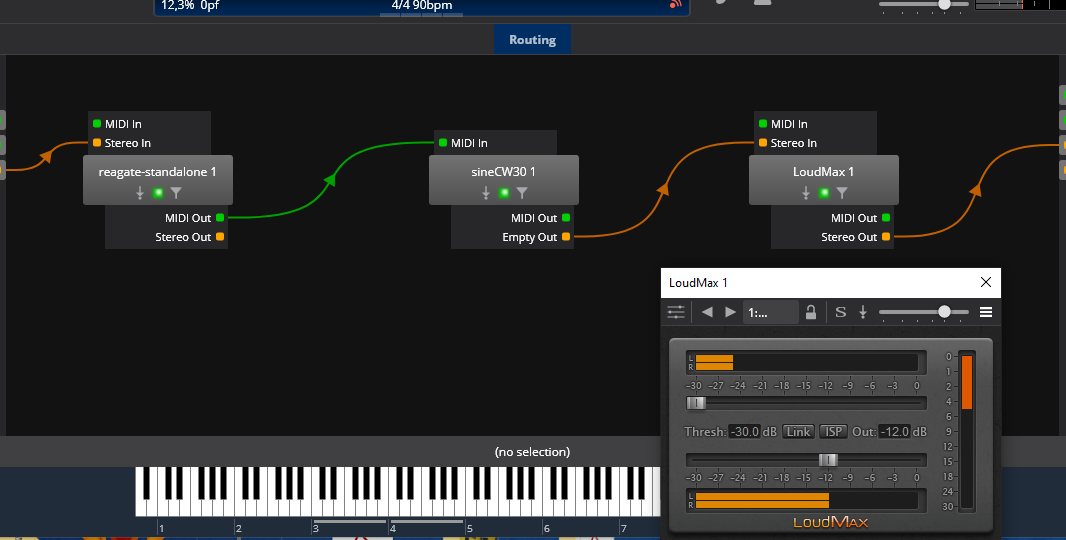
df7t...@gmail.com
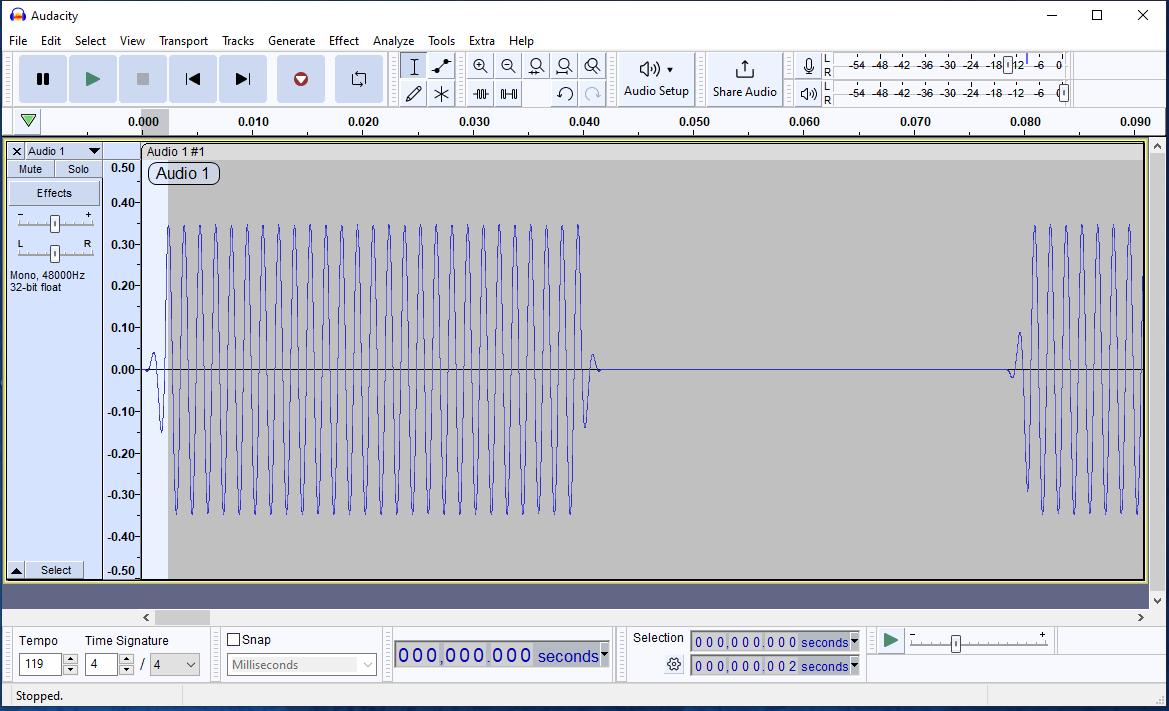
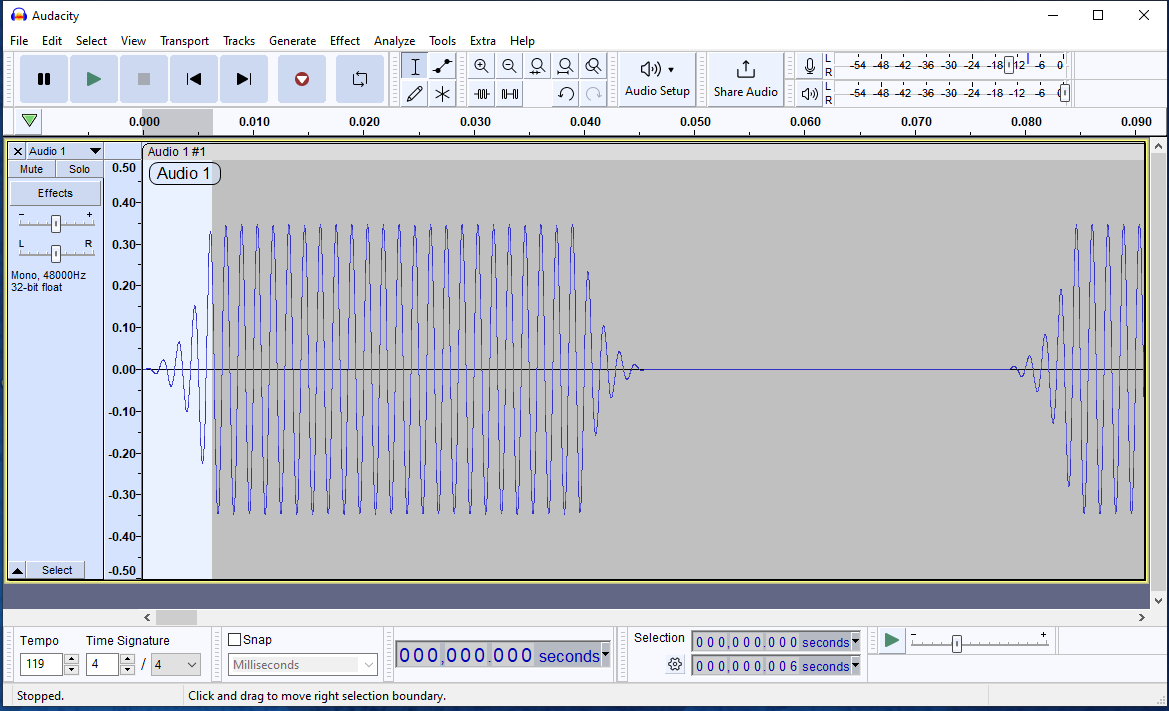
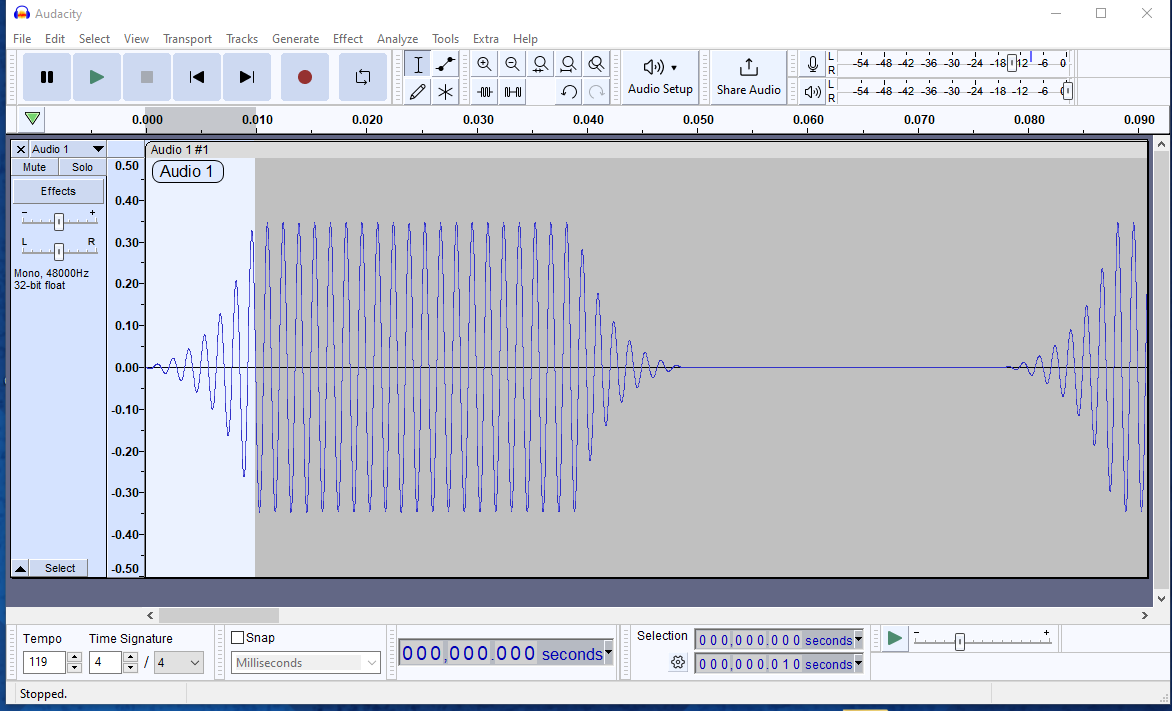
Chuck Vaughn
To view this discussion on the web visit https://groups.google.com/d/msgid/i_cw/0ea43da8-af0b-41c0-92f4-b458f9a3e7b7n%40googlegroups.com.
df7t...@gmail.com

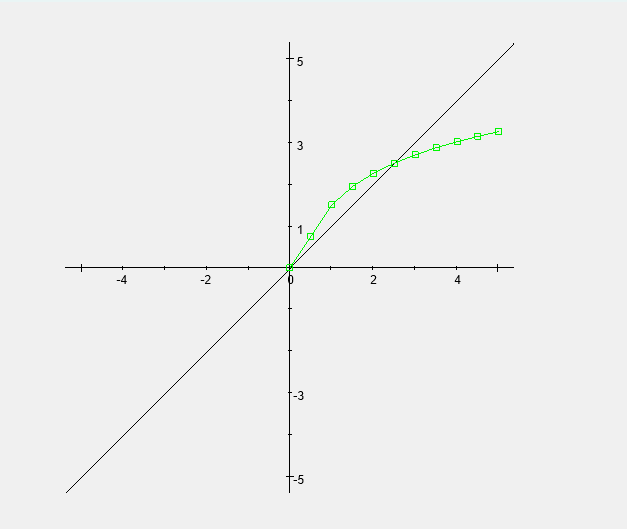
df7t...@gmail.com
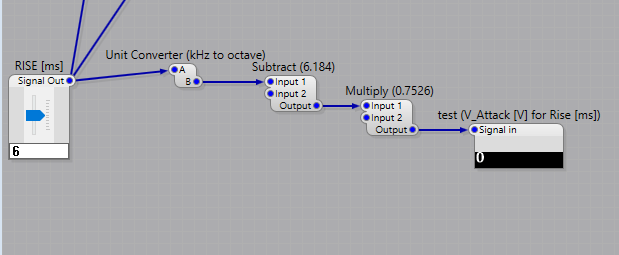
df7t...@gmail.com

df7t...@gmail.com
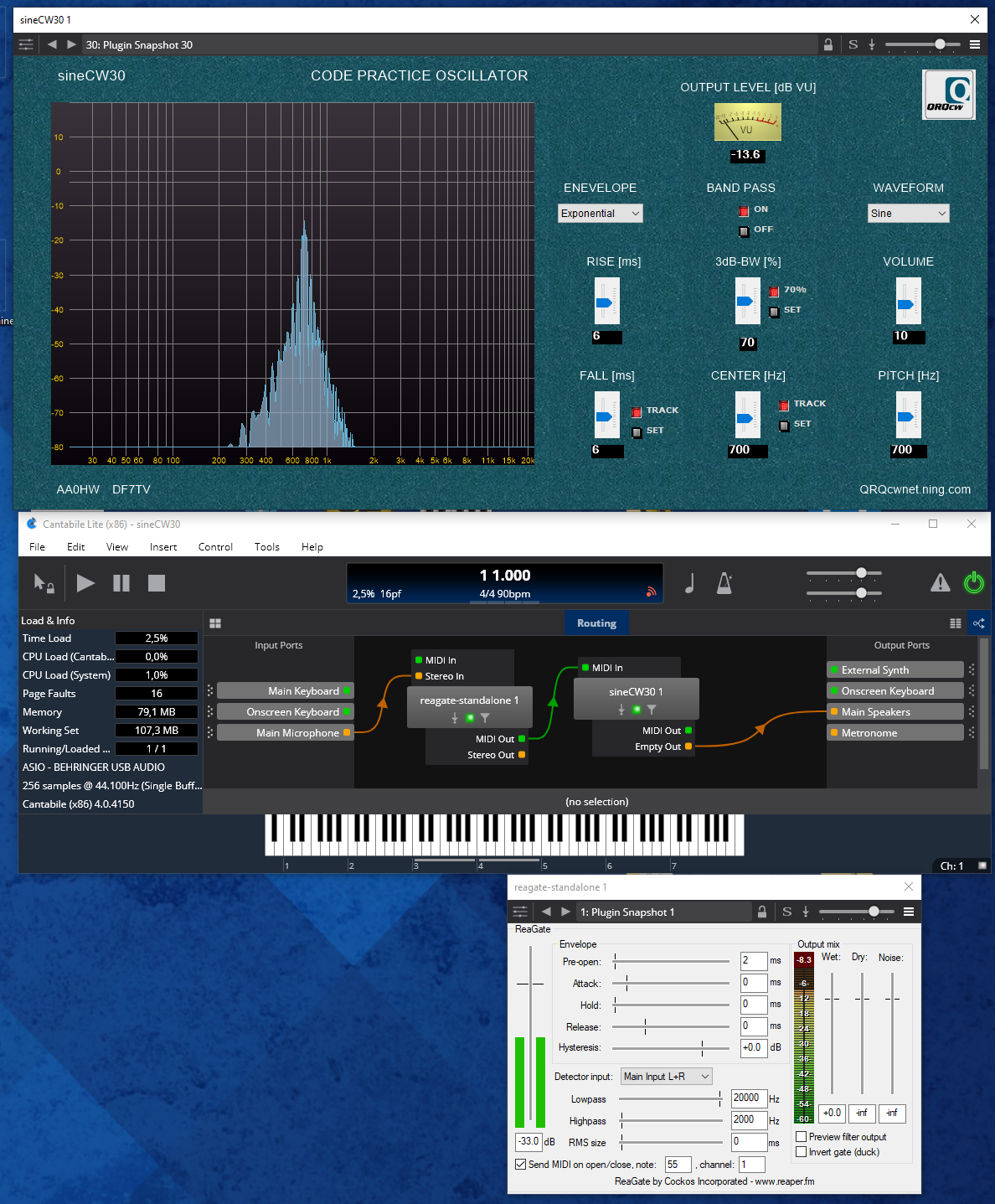
Chuck Vaughn
To view this discussion on the web visit https://groups.google.com/d/msgid/i_cw/79863ac6-4272-4938-8c5a-476f75e6ab32n%40googlegroups.com.
df7t...@gmail.com
df7t...@gmail.com
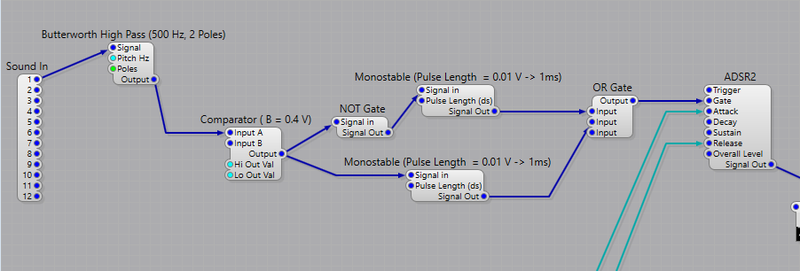
df7t...@gmail.com


df7t...@gmail.com

aa0hw
df7t...@gmail.com
df7t...@gmail.com
df7t...@gmail.com
sineCW30Keyed Square Wave Oscillator for sineCW30This is a draft of a circuit, that users of a mechanical key or of an electronic keyer (paddle, keyboard)may use as an input source to the soundcard of the VST host (hosting sineCW30).It is rather unusual to key the RESET pin of a chip (Pin 4 of LMC555), but I did not want to key the supply voltage (V_CC) or the output ofthe CMOS Timer "555" and think it is an "elegant" solution. Keep C3 close to pin 8 and C2 close to pin 5 of the "555".There have been no recent changes to the VSTi plugin sineCW30 at
Please read the Readme.txt of the archive.
I like to use the "standalone" version of sineCW30 built with SAVIHost, as shown in a previous message to this list.Your feedback is always welcome!CU 73Tom DF7TVKeyed Square Wave Oscillator for sineCW30 (Draft):
df7t...@gmail.com
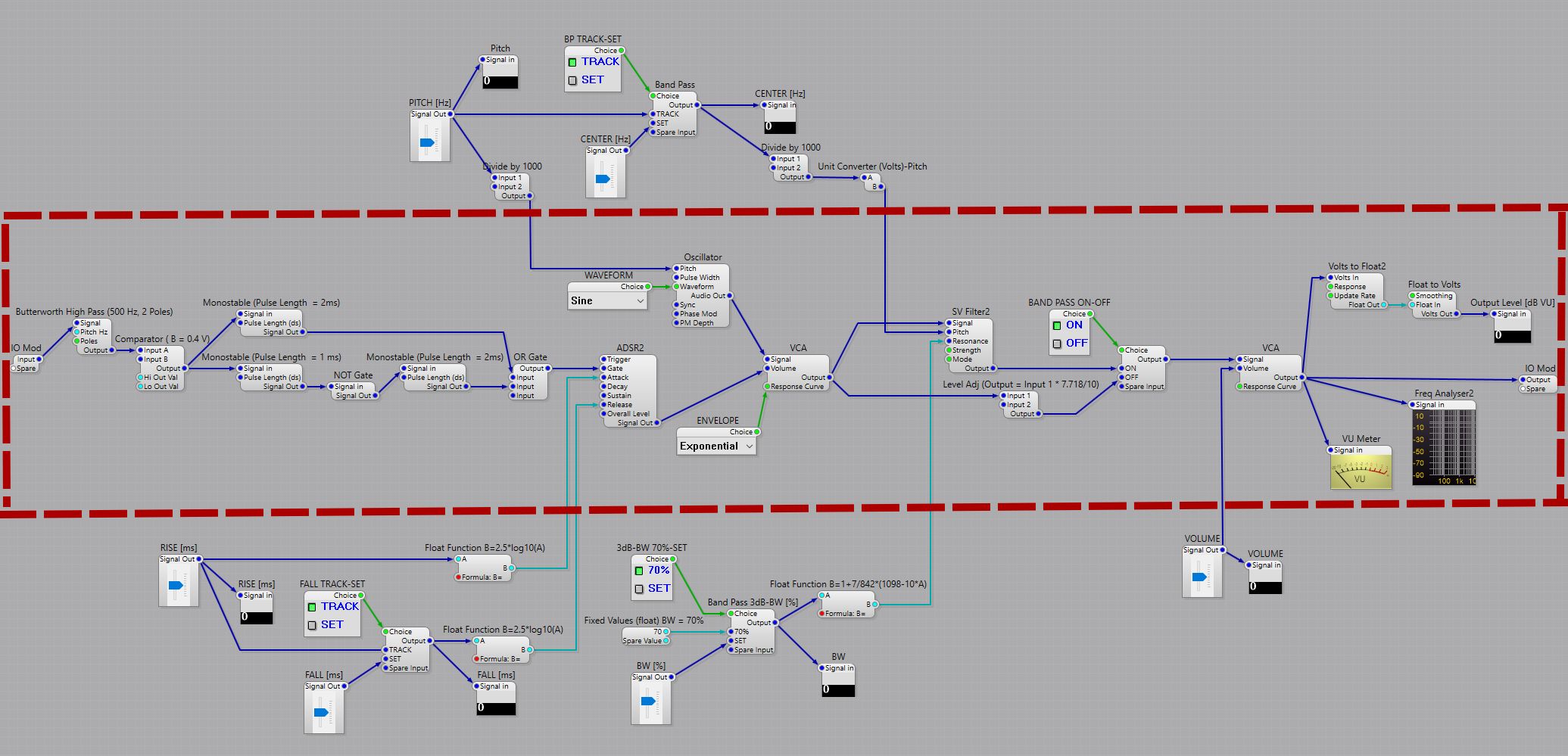 looks like in
looks like in Chuck Vaughn
Interest in sineCW30-64bit-VST3 plugin?Hello,recently Synthedit 1.5 has been set to be no longer in "Beta" status. Using this release 64bit-VST3 plugins may be built.Synthedit 1.4, the version that I used to build sineCW30 (32bit-VST2) seems, at least at present, no longer to be available for download.So it may be the right time to do some updating towards a 64bit-VST3 plugin of sineCW30 using Synthedit 1.5.I personally may live very well with the present 32bit-VST2 plugin....But if there is some interest -- at least one ham, who would like to test and use the new plugin -- I would be willing to build a replacement plugin as 64bit-VST3 using Syntedit 1.5.In that case I would also simplify the GUI a bit -- there seems to be no need for other WAVEFORMS than sine, there seems to be no need for other settings of the bandpass filter width than 70% and the center frequency tracking the oscillator frequency.And the only envelopes, which make sense, at present, seem to be EXPONENTIAL and LINEAR..Please submit your feedback to this list or directly to my email-address.CU 73Tom
To view this discussion on the web visit https://groups.google.com/d/msgid/i_cw/f55b63a3-715e-4c99-a767-f41d537fd73cn%40googlegroups.com.
df7t...@gmail.com
I restored the changelog for SynthEdit version 1.4
Jeff
Sent: Saturday, August 3, 2024 6:02 AM
To: synt...@groups.io
Subject: Re: [synthedit] to Jeff : the older versions page does not exist anymore
Indeed, as my screenshot says.
Jeff, please restore the Old download page and also restore the 1.4 changelog if you can.
Ps. To possible Trolls: if you are annoyed by my comments simply be polite and move on
"
------------------------------
df7t...@gmail.com


df7t...@gmail.com
df7t...@gmail.com
df7t...@gmail.com

df7t...@gmail.com

 if
if df7t...@gmail.com

df7t...@gmail.com

df7t...@gmail.com

df7t...@gmail.com
Chuck, AA0HW, started the "sineCW" project in 2014 and is the main contributor. He provides several versions of "sineCW..." as a VSTi (Virtual Instrument) plugin. The plugin is made by first configuring several standard modules (oscillator, filter, controls etc.) in the program SynthEdit by Jeff McClintock and then exporting the circuit as a plugin. The plugin can be applied in a VST (Virtual Studio Technology) host.
sineCW60 is a 64-bit (VST3) plugin, based on one of Chuck's designs. In 2024, numerous modifications and additions have been made. The plugin has been applied in setups for Internet-CW (iCW) using Mumble and Sonobus, and when training sending Morse Code (to have a pleasing sound). To create a monitor tone at the output of the VST host's sound card, feed a keyed square wave signal (frequency about 4 kHz to 10 kHz, level about 2 V peak-to-peak) to its "Line-In" input."

df7t...@gmail.com



df7t...@gmail.com

df7t...@gmail.com

df7t...@gmail.com
S. Steltzer
df7t...@gmail.com
df7t...@gmail.com

S. Steltzer
df7t...@gmail.com
df7t...@gmail.com



df7t...@gmail.com

df7t...@gmail.com




